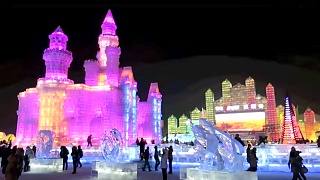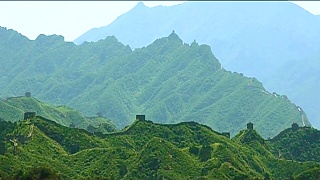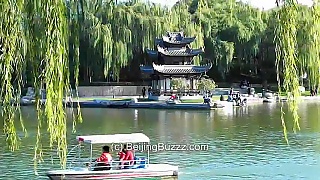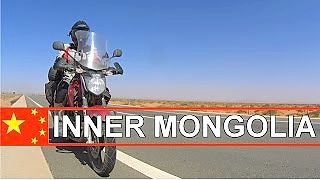Caroline Esmeralda van der Leeuw is a Dutch pop and jazz singer. Here, live in Budapest, Hungary ...
[640],shadow=true,start=,stop=Related Videos
Featured Videos

|
With Walk East ...
|

|

|
Each year in the capital of HeiLongJiang province a winter wonderland is created ...
|

|

|
Relaxing With Chinese Bamboo Flute, Guzheng, Erhu - hours of great music ...
|

|

|
With Walk East ...
Bonus film - ZhuHai walking tour, GuangDong 广东珠海 ...
|

|
|

|
With Travel With Balnur ...
|
 Something Different – Caro Emerald live – A Night Like This @ Sziget 2012 (music)
Something Different – Caro Emerald live – A Night Like This @ Sziget 2012 (music)






